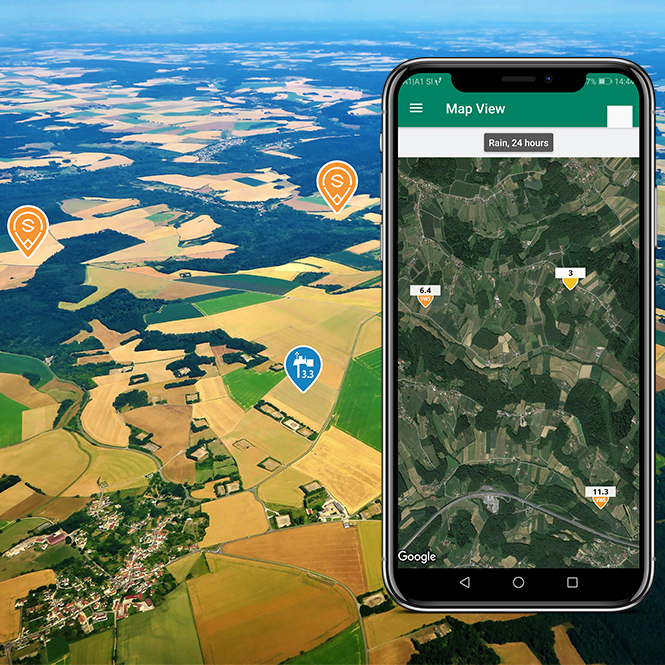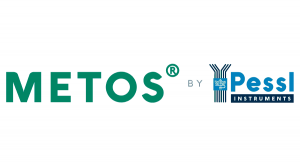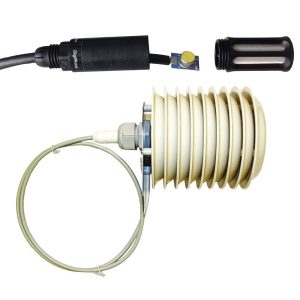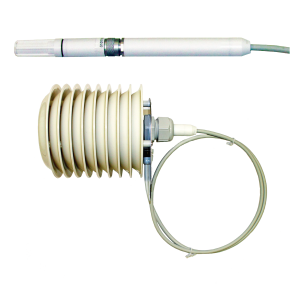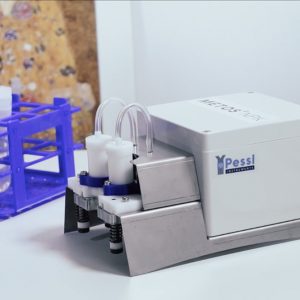Opis
WHAT ARE THE ADVANTAGES OF THE VIRTUAL WEATHER STATION?
- A perfect entry into precision agriculture with no maintenance cost
- Very cost effective, simple to use and activated with a few clicks on the computer or phone
- User gets access to the whole FieldClimate suite of tools
- Seamless integration into partner management software (John Deere, FarmFacts, 365Farmnet, …) with the help of our API
- Can be any point on Earth – without exception
- Offers the same range of solutions as an actual weather station
- Calculates all the essential parameters for the most effective results
- Works as a complete decision support service – provides weather forecast, offers disease models, and helps with work planning
AND HOW IS IT DIFFERENT FROM AN ACTUAL WEATHER STATION?
- Because there are no actual sensors, some discrepancies can occur to actual values
- Rainfall accuracy varies from site to site, depending on the microclimate
- In complex terrains, purchase of iMETOS station for accurate results is advisable
Main Features
Calculated sensor variables equal to iMETOS IMT300 sensor set: wind speed, solar radiation, soil temperature, air temperature, precipitation, relative humidity and leaf wetness, along with calculated values of ET0, vapor-pressure deficit (VPD) and DeltaT.
All data and decision support services are accessible online through FieldClimate
Virtual Station vs iMETOS IoT Station
| Virtual station | iMETOS IOT Stations | |
| Variables | Same parameters as iMETOS IMT300 + soil temperature | Based on sensor set |
| Precision | Limited | High |
| Availability | Anywhere in the world | Only where the station is installed |
| Terrain | Not complex terrain | Any terrain |
| Maintenance | No maintenance | Regular hardware maintenance necessary |
| Suitability for high value decisions (frost, water management, disease modelling etc.) | Limited | High |
Data Quality provided with Actual Case studies
With actual case studies Virtual Weather Station is under continuous improvements.
Seven different environmental parameters have been validated at more than 50 different iMETOS stations worldwide during the last 1 year period, by analysing the accuracy of virtual data coming from meteoblue with Pessl Instruments sensor readings.
In particular air temperature, relative humidity, solar radiation, wind speed, soil temperature are considered on an hourly basis and precipitation, leaf wetness on daily basis since the timing of an event can change quickly.
Results show that air temperature on an hourly basis has mean absolute error MAE <1.5K, relative humidity <10 %, wind speed <1.5 m/s and daily precipitation <2 mm.
RESULTS
The following measures have been defined to run statistical analysis of all the data.
MAE (Mean absolute error) measures the average magnitude of the errors in a set of data, without considering their direction.
MBE (Mean bias error) is an indicator of whether the model is over-predicting or under-predicting the measured values.
RMSE (Root mean square error) is a quadratic scoring rule which measures the average magnitude of the error. This means the RMSE is most useful when large errors are particularly undesirable.

The 2 m air temperature is well modelled by the meteoblue Learning Multi-Model (mLM) with values of MAE < 1.2 K. Relative humidity shows a MAE<10% in most of the stations and the model tends to underestimate RH. The model uncertainty of the wind speed is 1.5 m s-1.
The model skill of daily precipitation events decreases with increasing precipitation intensity. In fact, MAE results to be less than 2 mm, but in some stations located in the tropics the variance becomes bigger. Here precipitation results unpredictable as it is only caused by thunderstorms. Simulations can thus predict well the trend like e.g. a drier or moister week but hard to tell the exact amount and when. Leaf wetness and soil temperature variables result to have discrepancy in most of the stations. As expected the accuracy of soil temperature is worse than the accuracy of the air temperature. MAE values are between 1.5-9K.
The Virtual Weather Station allows manual adjustments of local rain data if needed. The user can use a small rain gauge to measure actual rainfall and then correct data in FieldClimate. Manually adjusted rainfall data provides more accurate results on the water balance.
Virtual Station Is a Fit For You If:
- you have a large field with one central iMETOS station and want weather information for remote parts of the same field, with minimal cost.
- you depend on specific weather conditions and want to receive frost alarm, disease modelling and data to make temperature-based decisions, but don’t want to spend too much on a real weather station.
- You already have an iMETOS station and want more weather information than what the station offers, such as virtual sensors for wind speed, solar radiation, rain gaps, soil moisture and leaf wetness, along with the services for work planning, water management (ET) and disease models.
- want to get familiar with smart farming but don’t want to purchase an actual weather station at this point (cooperatives, farmers, farmers groups)
- you are a farm implement dealer who wants to give your clients a glimpse of additional premium services with virtual field data.
- you are an irrigation dealer who wants to offer clients Irrimet -ET based irrigation scheduling.
- you work for media or local municipality and want to support the general public with weather information and local forecast (using Pessl Instruments API for weather based local services).
- you are a telecom company and want to offer premium weather forecast package services to your clients.
- you need weather record-keeping and extreme local weather events for SmartCity and logistic enterprises.

